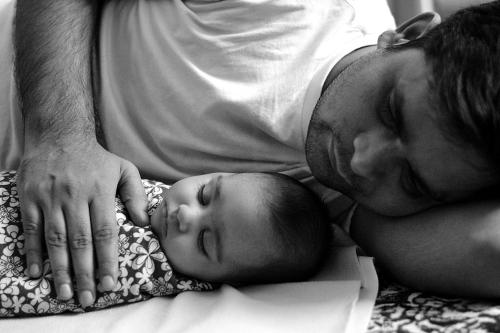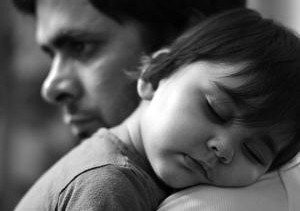I don't have any other examples immediately, but I'll try to answer the basic question. You're hearing two sometimes-contradictory pieces of composition advice, and are trying to figure out how they relate or balance against each other:
On the one hand, "fill the frame".
This advice is often given because simplicity is power. It immediately eliminates questions like How do I make a landscape photo containing many important elements feel well composed?, because what's there is there, and there you go. There's no question about what the subject is, and no "distracting" elements drawing attention elsewhere. Additionally, when you're up close and framing tightly, the viewer is also transported right there — tight framing feels immediate and intimate. There's a famous quote from photojournalist Robert Capa: "If your pictures aren't good enough, you're not close enough."
On the other hand, "too tightly framed".
There are two different reasons one might hear this. The first, which I suspect is what people are meaning when they say this to you (particularly about the second example) is that some subjects feel claustrophobic without surrounding space. This is particularly true with subjects — people, animals, vehicles — which are depicted as moving, because it feels more comfortable if there is clearly somewhere for them to move into, rather than smacking immediately into the border. It's also the case that people traditionally leave "headroom" in photographs — we have a whole question on that at What is headroom as it relates to photographic composition?, although no really great answers as of this writing.
The second reason is context — those details might not actually be distractions, but part of the story. They place your subject in the world — in fact, in the subject's world, rather than making them an abstract entity. That's shown to great effect in the portraits linked from What kind of 'guerrilla' background / backdrop is being used in Felipe Dana's Cracklands portraits? — the poverty-stricken denizens of an outdoor "marketplace" for hard drugs. If these were tightly cropped to just the subjects against the blank, "distraction-free" backdrop, they could work, but here I think most people would agree that it's particularly the visible context which makes the work interesting.
Oh! And there's actually a third reason to not frame a single subject tightly. Other elements in the frame might not be part of the setting or story in a meaningful way, but can be functional compositional elements. For example, abstract shapes or shadows can direct the eye, provide balance — or imbalance, if desired, or offer contrast (like, stark lines next to an organic subject).
So, in your examples.... I think these both work as compositions, but very differently.
They both show tight framing, although the first, with the father reclining next to the baby, shows a bit more context. In that first image, the father faces into the frame, with head tilted that way, and to me at least, this does not raise an issue of headroom (even though the top of his head is actually even cropped), because the focus of the image goes to the baby. On the other side of the frame, his protective arm makes a nice, natural edge. Here, you could have moved back or used a wider lens for more context, but I think overall this is a good example of the intimacy of a close framing: the viewer feels to be right there as well, part of the family.
In the second image, the father-figure looks out of the frame — in fact, right and the edge. This is where the idea of breathing room might come in, as following his eyeline bumps right against the hard stop. However, it's also what makes this, to me, a more interesting composition than the first, which to me feels like a successful, straightforward, image with nice elements but little interest other than the personal. Here, the framing provides a little bit of a tension — by removing context and arranging the eyelines like this, and I think particularly in black and white, to me, shapes and lines are dominant over the portrait aspect.
In the first image, the framing naturally draws me to the sleeping baby — in fact, if we consider the baby to be the subject, this is actually a loose framing, with the father providing the background and context. In the second, the father, larger but less sharp, and the baby, smaller but the immediate focus, seem to have about equal visual weight. My eye snaps first to the baby, then to the father, and naturally follows his eyeline to the edge of the frame, which leads me to the arch of the baby's back and brighter cheek as the primary form in the image (rather than the faces). I think that definitely works, but it might not have been what you were going for if you were looking for a more conventional portrait of baby and parent; for that, a looser framing with more breathing room would downplay the dominance of this geometry over portraiture.




